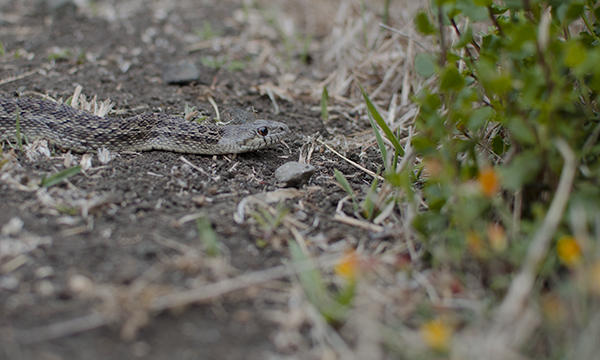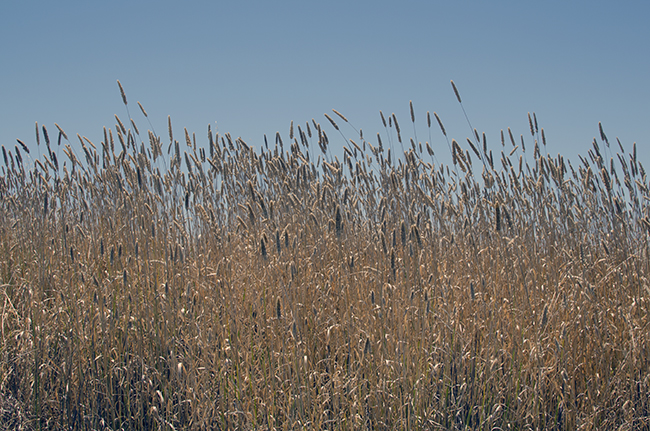A Correction: I am not a Scientist
By Sasha Petrenko
Monday, 07/14/2014
I am not a Scientist.
I don't know what it was that made me think that San Francisco sat on the Farallon Plate. I guess it's easy to believe a city like that could have it's own continental plate. But according to what I know now starting about 50 million years ago the Farallon Plate, dense basalt and sediments, the basement rock of an ancient ocean, slid under the more buoyant North American Continental Plate to the east as it was overridden by the Pacific Plate to the west. Fragments of the Farallon Plate are still visible today as the Juan De Fuca off the Oregon coast and down in South America the Coco and Explorer plates.* There are many plates in fact, shattered and drifting across the lithosphere, crashing into each other, riding up and sliding down.
We're on the Pacific plate here, slowly sliding northward, and the East Bay, cities like Richmond, Oakland and Berkeley are on the Continental plate, gradually drifting south all along the San Andreas fault. It's more complicated than that, but like I said, I'm not a Scientist. It's when the continental plates collided, combined with volcanic activity relating to the subduction of the Farallon, that the Sierra Nevadas were formed. That explains the volcanic rock and plutons, massive up thrust granite fingers that used to be overburdened with snow in my wilder days.
I'm a Northern person. I don't mind the fog and prefer to be near large bodies of water but recently I've developed an urge to travel south to the Mojave to see the billion year old rocks, Geologist and fellow resident, Dawn Sumner told me about. I've been reading a lot about California geology, conducting research towards the development of a dance-play that was initially supposed to close with a scene about hydraulic fracturing. So it seemed only natural for me to study the Earth's own processes for creating and exposing fossil based fuels. Comparing the two in terms of geologic time is pretty obvious. In the last 250 years since the dawn of Anthropocene we've managed to make a greater impact on Earth's landscape than natural erosion, volcanism or plate tectonics.
In conversations with fellow residents, on walks and even off our dribbley internet, I've learned that nature's systems, the mountain building and planet shaping that created this lucky place where we all live is more complex. There's a deadly force. There's catastrophic weather driven events, landslides, floods and gradual or rapid tectonic shifts. There's combustable methane gas coming out of once long frozen Alaskan lakes. It's a dangerous planet.
I guess what I've learned from this is that we'd be wise to try to keep the peace anyway we can.
*New research published March 2014 in the journal Proceedings of the National Academy of Sciences, finds that pieces of Farallon plate are attached to much larger chunks at the surface. In fact, part of the Baja region of Mexico and part of central California near the Sierra Nevada mountains sit upon slabs of Farallon plate.



